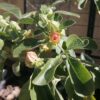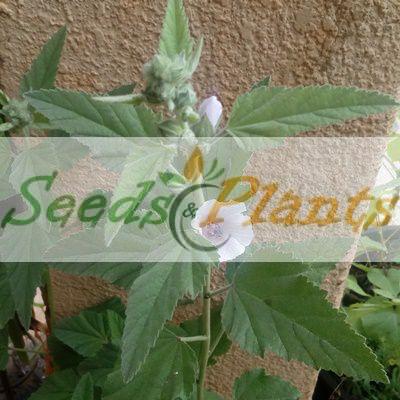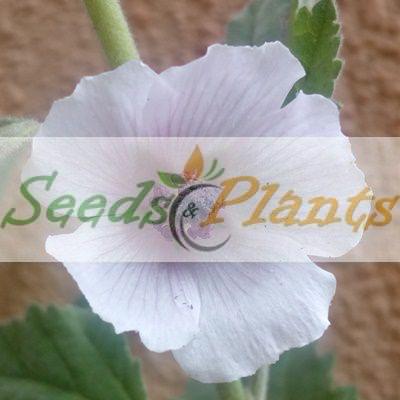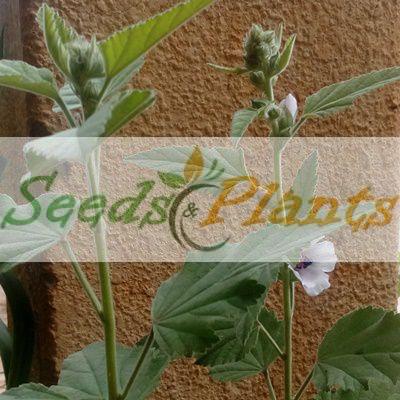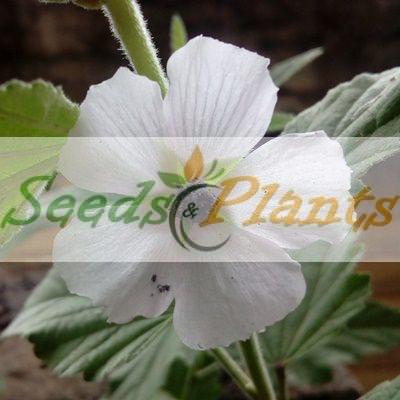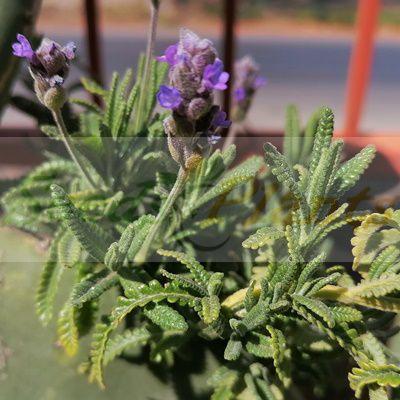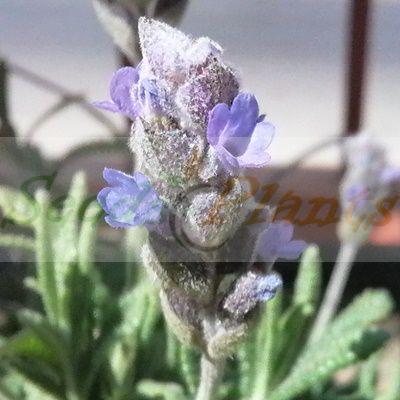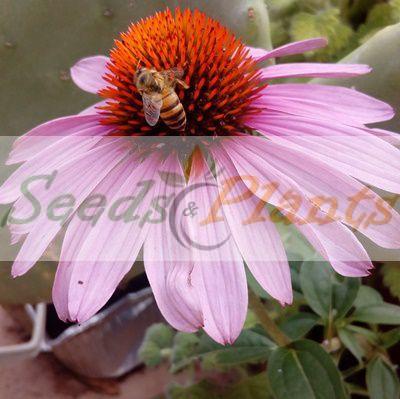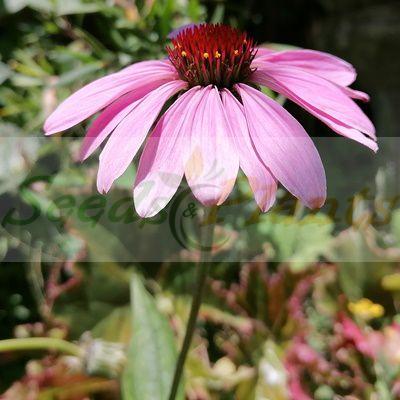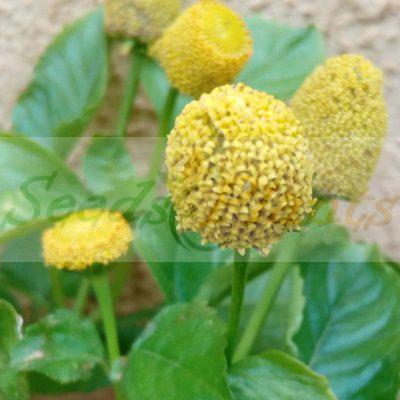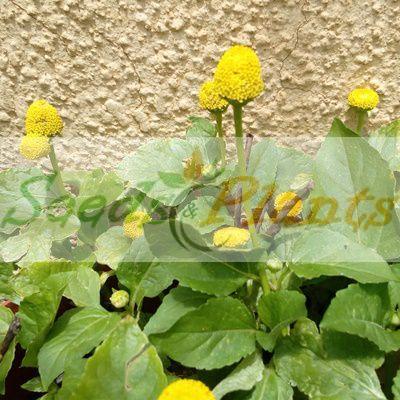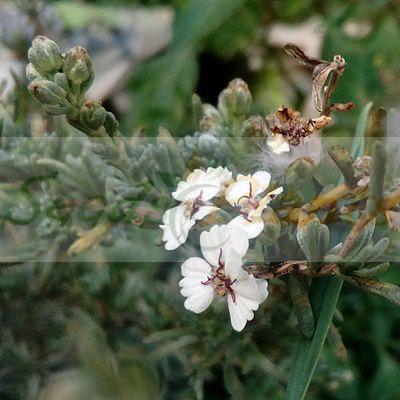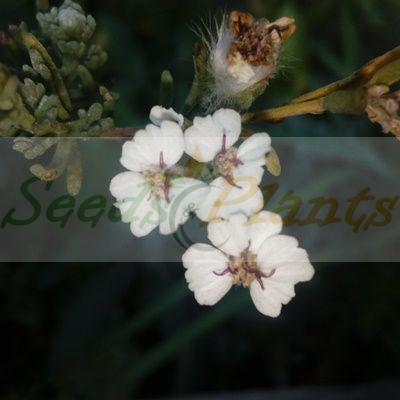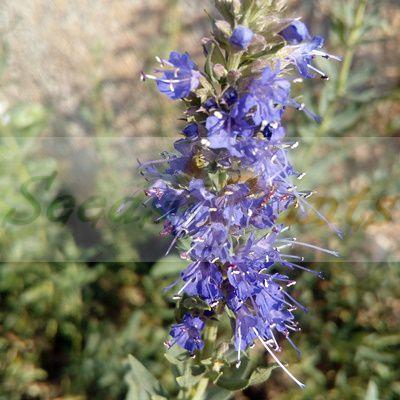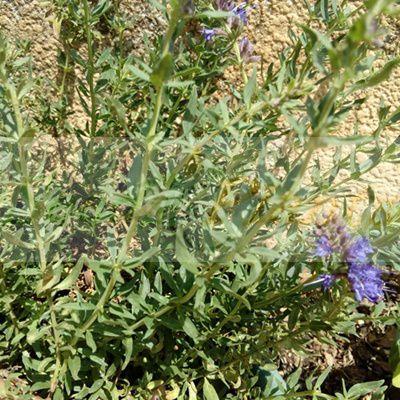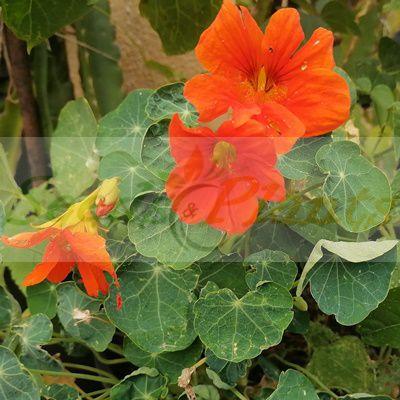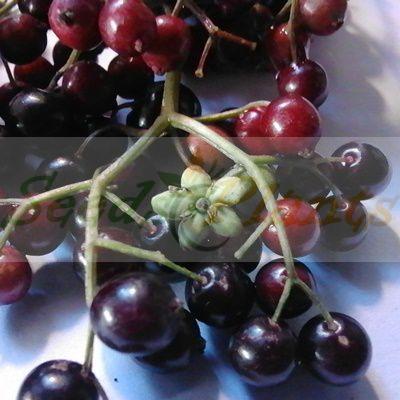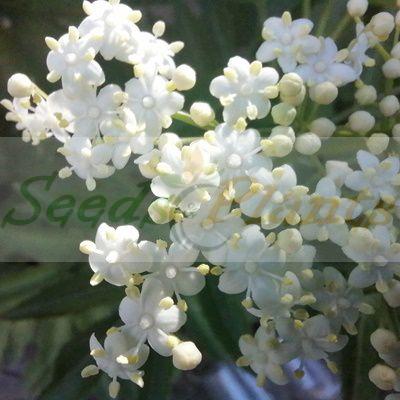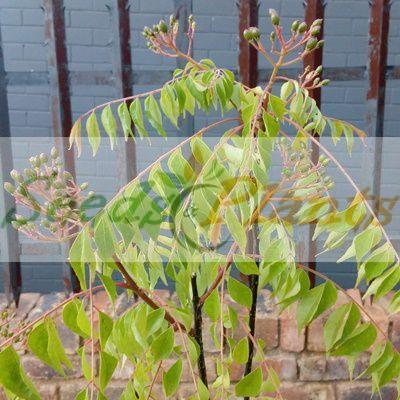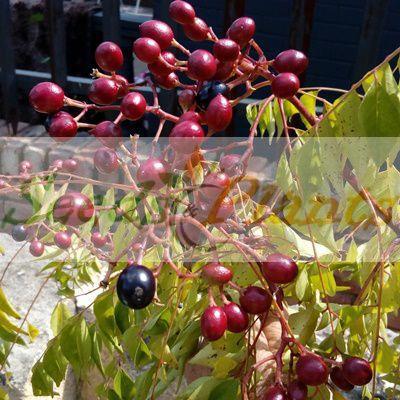🌿 Herbal Quick Facts
Medicinal Info
- 🌍 Origin / Region: Europe, North Africa, Western Asia
- 🌿 Medicinal Part: Flower, Leaf, Root
- 🍵 Herbal Preparation: Extract / Tincture, Infusion / Tea, Ointments/Creams, Powder, Syrup
- ⚕️ Healing System: Ayurvedic System of Medicine, Chinese Traditional Medicine, European Traditional Medicine, Unani System of Medicine
Growth Traits
- 🌱 Life Cycle: Perennial
- 🌾 Plant Type: Herbaceous Perennial
- 🦋 Pollinator Method: Attracts Bees, Attracts Butterflies, Attracts Hoverflies
- 🪴 Growth Habit: Bushy, Clumping, Upright
- 🌸 Flower Color: Pale lilac, Pale Pink
Growing Requirements
- 🌞 Sun Exposure: Full Sun, Partial Shade
- 💧 Water Needs: Avoid Overwatering, High Water
- ☀️ Growing Conditions: Average Temperatures, Cold Tolerant, Frost Tolerant, Not Drought Tolerant
- 🟤 Soil Preference: Deep, Fertile, Moist, Tolerant of most soils, Well-Drained
Marshmallow Plant – 5 Seeds
(Althaea officinalis)
R30.00
The flowers, leaves, and root are edible. The marshmallow plant has a history of use in herbal medicine.
Common Names: Mallards, Mauls, Schloss Teai, Cheeses, Mortification Koot, Mallow, White mallow, Common Marsh-mallow, Mortification root, Sweet Weed and Wymote.
Seed Type: Organic – Harvested from our own plants.
Indoor Sowing: Cold Stratification and then transplant in spring.
Direct Sowing: Autumn.
In stock
🌿 Herbal Quick Facts
Medicinal Info
- 🌍 Origin / Region: Europe, North Africa, Western Asia
- 🌿 Medicinal Part: Flower, Leaf, Root
- 🍵 Herbal Preparation: Extract / Tincture, Infusion / Tea, Ointments/Creams, Powder, Syrup
- ⚕️ Healing System: Ayurvedic System of Medicine, Chinese Traditional Medicine, European Traditional Medicine, Unani System of Medicine
Growth Traits
- 🌱 Life Cycle: Perennial
- 🌾 Plant Type: Herbaceous Perennial
- 🦋 Pollinator Method: Attracts Bees, Attracts Butterflies, Attracts Hoverflies
- 🪴 Growth Habit: Bushy, Clumping, Upright
- 🌸 Flower Color: Pale lilac, Pale Pink
Growing Requirements
- 🌞 Sun Exposure: Full Sun, Partial Shade
- 💧 Water Needs: Avoid Overwatering, High Water
- ☀️ Growing Conditions: Average Temperatures, Cold Tolerant, Frost Tolerant, Not Drought Tolerant
- 🟤 Soil Preference: Deep, Fertile, Moist, Tolerant of most soils, Well-Drained
Marshmallow Seeds. Marshmallow root, or Althaea officinalis, is a flowering plant that has played a role in herbal medicine for centuries. It is a perennial species indigenous to Europe, Western Asia, and North Africa. A confection made from the root since ancient Egyptian times evolved into today’s marshmallow treat, but most modern marshmallow treats no longer contain any marsh-mallow root.
Common Names: Mallards, Mauls, Schloss Teai, Cheeses, Mortification Koot, Mallow, White mallow, Common Marsh-mallow, Mortification root, Sweet Weed and Wymote.
Marshmallow Medicinal Benefits
Flowers, leaves, and root are edible. The marshmallow plant has a history of use in herbal medicine. It is beneficial for so many ailments from stomach upset, constipation, sore throat, bronchial spasms, and even bruises, cuts, and scrapes.
Growing Marshmallow from Seed
Indoor Sowing: Cold Stratification and then transplant the seedlings in spring.
Direct Sowing: Autumn.
- Marshmallow is a perennial that can grow up to 1.2m tall under favorable conditions and if given plenty of water.
- The Marshmallow Seeds need to be cold stratified by exposing them to cold, damp conditions.
- For indoor sowing, first cold stratify the seeds for 60 days.
- After the cold stratification process, surface sow the seeds and cover with a light layer of soil.
- Keep the soil consistently moist until germination.
- You can also direct sow in the autumn and germination will take place in the following Spring, once the soil warms up.
- Water seedlings consistently, especially during the first growing season.
- Keep the plant well weeded and mulched.
Does this plant have medicinal uses?
Traditionally, Marshmallow Plant has a history of use in various healing systems, including Ayurvedic System of Medicine and Chinese Traditional Medicine. Seeds are sold for cultivation purposes only.
Disclaimer
Medicinal Information:
All medicinal information on this website is for educational and informational purposes only and may not be construed as medical advice. The information is not intended to replace medical advice or treatment offered by healthcare professionals.
Seeds, Plants, Plant Cuttings, Geophytes and Dried Herbs:
In some countries and provinces, certain plants are deemed as invasive and are not allowed to be planted at all, whilst some plants are allowed to be grown only in certain areas or provinces. The onus is on you as the buyer to familiarize yourself with the regulations pertaining to your location, before purchasing any of our seeds, plants, plant cuttings, geophytes or dried herbs. We will not be held liable, should you purchase any seeds, plants, plant cuttings, geophytes or dried herbs. from us which are prohibited in your country or province.


